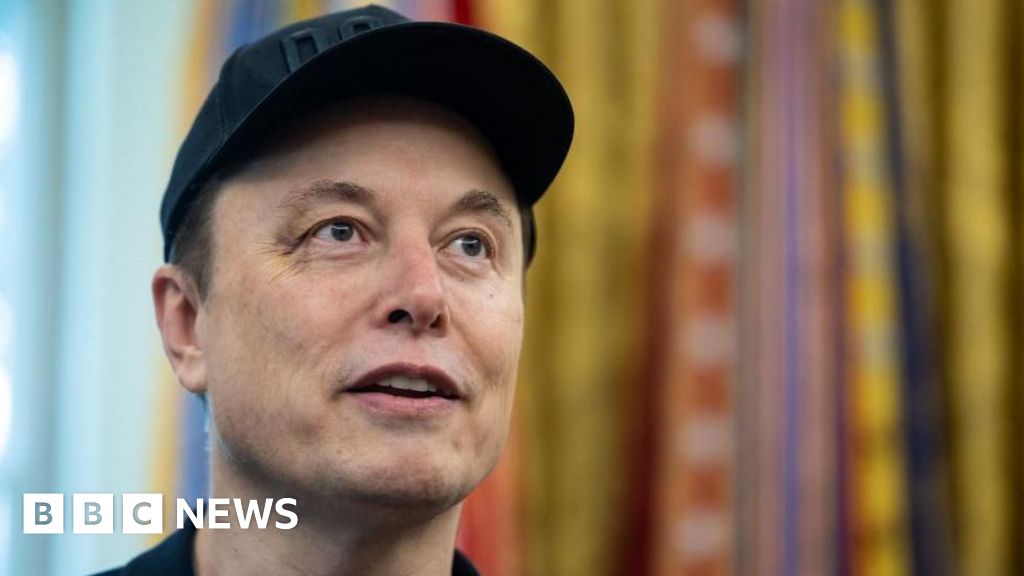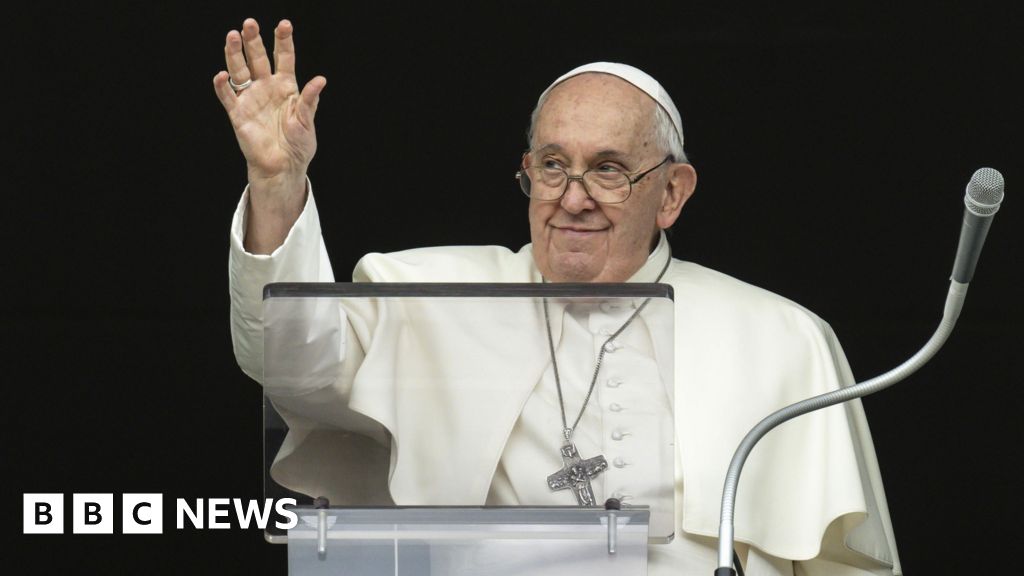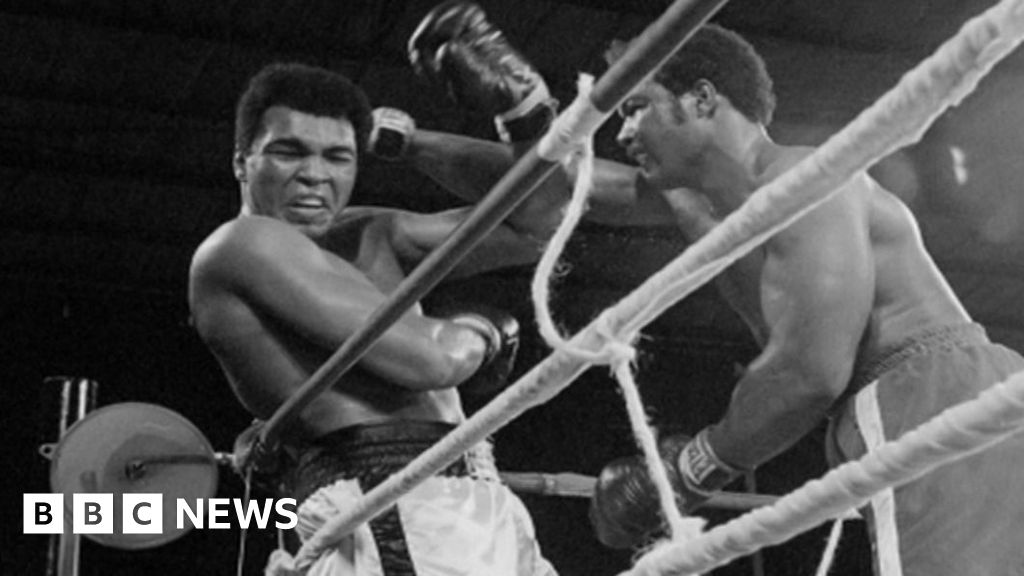Key Takeaways
- Satoshi Nakamoto is believed to have mined 1.1 million BTC.
- Wallet movement could trigger price volatility and market-wide psychological effects.
- Developers and regulators may reassess Bitcoin’s trajectory if Satoshi’s coins shift.
- Bitcoin’s decentralized architecture remains structurally sound, even if early coins move.
Satoshi Nakamoto, the pseudonymous creator of Bitcoin, is believed to have mined a substantial number of coins in the network’s early days; most estimates place this figure at around 1.1 million BTC. These coins were mined between 2009 and 2010, and to this day, they have never been moved or spent.
The wallet addresses presumed to belong to Satoshi have become symbolic within the crypto community. Their long-standing inactivity has come to represent the decentralized ethos of Bitcoin, a system created and then left to run freely without the control of a central figure.
What Is Satoshi’s Bitcoin Wallet?
While no single “wallet” is labeled under Satoshi’s name, researchers have identified thousands of early mining addresses that share similar transaction patterns and timing.
These addresses are often grouped together through methods like extra-nonce pattern tracking and transaction clustering.
These early coins, most of which were earned through block rewards of 50 BTC per block, are considered to be part of Satoshi’s wallet group. The belief that Satoshi mined over 23,000 blocks forms the basis of the 1.1 million BTC estimate, representing roughly 5% of Bitcoin’s total supply.
Mystery of Satoshi Nakamoto’s Untouched Coins
The coins believed to be associated with Satoshi Nakamoto have remained untouched since they were mined. The reason for this prolonged inactivity remains unknown. It’s possible that the individual behind the wallet may have passed away, or intentionally or unintentionally lost access to the private keys.
After more than 16 years of dormancy, if Bitcoin were ever to move from these addresses, the irony is that the transaction might not originate from Satoshi at all.
Given the current technological landscape, a more plausible explanation for the potential movement of these coins could be a technical breach, specifically involving the use of advanced quantum computing.
As quantum computing continues to evolve, its ability to break traditional encryption methods becomes increasingly likely. If quantum computing reaches a level where it can crack the cryptographic keys securing Satoshi’s dormant Bitcoins, it could allow an unauthorized party to access and move the funds.
However, this scenario raises serious concerns about the future security of cryptocurrencies, as quantum computing could pose a significant threat to blockchain systems that rely on conventional encryption methods.
Is Quantum Computing the Key to Unlocking Satoshi’s Wallet?
Quantum computing poses a theoretical but growing challenge to cryptographic systems. This means advanced computers can be used to break the cryptographic keys that secure digital wallets, at exponentially faster speeds.
Bitcoin’s security relies on two main cryptographic layers:
- ECDSA (Elliptic Curve Digital Signature Algorithm): This secures private keys and transaction signatures.
- SHA-256 hashing: This protects wallet addresses and ensures blockchain integrity.
While breaking SHA-256 remains highly speculative, ECDSA is more susceptible in a post-quantum era. If Satoshi’s coins were suddenly moved, it could signal the first real-world instance of quantum computing being used to compromise Bitcoin’s encryption.
What Would Happen If Satoshi’s Wallet Moved?
The movement of coins from a Satoshi-linked address would be a significant event in the Bitcoin world, not due to its impact on the code or protocol, but because of the psychological weight these coins hold.
Let’s explore the possible outcomes across different dimensions:
- Price volatility: Markets would likely react instantly. Traders could interpret the movement as either a return of Satoshi or an unknown actor gaining control and both scenarios would introduce uncertainty.
- Short-term panic: Some might fear a massive sell-off, leading to immediate volatility. Others may see it as a bullish signal if interpreted as a vote of confidence in Bitcoin’s resilience.
- Exchange activity: Centralized exchanges would likely see an uptick in trading volume as users react in real time.
What Satoshi’s Wallet Movement Means for Bitcoin’s Future
Even if the coins move, Bitcoin’s core design remains unchanged. The protocol does not rely on who holds the coins only on math, cryptography, and consensus.
The event would likely trigger mass discussion, speculation, and short-term volatility. But in the long run, it is expected that digital gold will rebalance.
Bitcoin was designed to operate without a central authority and even if Satoshi returned, the network would continue as before.
Industry Perspectives on Satoshi’s Wallet Movement
The hypothetical movement of Satoshi Nakamoto’s wallet is not just a narrative curiosity but a scenario many industry leaders have considered.
Crypto exchanges like Coinbase and BNB have internal monitoring systems for high-impact transactions. A sudden transfer from a known early miner wallet would immediately be flagged and analyzed in real-time. Chainalysis, a blockchain intelligence firm, has repeatedly emphasized the forensic footprint of early Bitcoin addresses.
Meanwhile, institutional investors and hedge funds view Satoshi’s coins as “supply risk.” If those coins ever enter circulation, it introduces new liquidity, potentially shifting market supply-demand models. However, most experts agree that Bitcoin’s decentralized architecture is robust enough to absorb the shock over time.
Finally, Developers in the Bitcoin Core community have also discussed contingency plans for a quantum-resistant future, including proposals for new cryptographic standards that could be integrated via soft or hard forks.
Conclusion
Satoshi Nakamoto’s wallet is one of the greatest mysteries in modern finance not because it changes the system, but because it symbolizes it. If the coins ever move, the reaction will be immediate and far-reaching, but the blockchain itself will keep on producing one block every ten minutes, uninterrupted.
In short, while Satoshi’s wallet movement would create immediate noise, most industry perspectives suggest the long-term fundamentals of Bitcoin would remain intact or even grow stronger in response to such an event.
FAQs
How would Satoshi’s wallet movement impact Bitcoin’s decentralized nature?
It wouldn’t change the network’s structure, but it may shift public perception temporarily.
Could Satoshi’s wallet movement lead to regulatory changes in the crypto space?
Possibly, especially if governments view it as a signal to tighten oversight on crypto holdings.
What security risks could arise if Satoshi’s Bitcoin wallet becomes active again?
Concerns may emerge about compromised keys or theoretical quantum computing breakthroughs.
Disclaimer:
The information provided in this article is for informational purposes only. It is not intended to be, nor should it be construed as, financial advice. We do not make any warranties regarding the completeness, reliability, or accuracy of this information. All investments involve risk, and past performance does not guarantee future results. We recommend consulting a financial advisor before making any investment decisions.
Was this Article helpful?

















